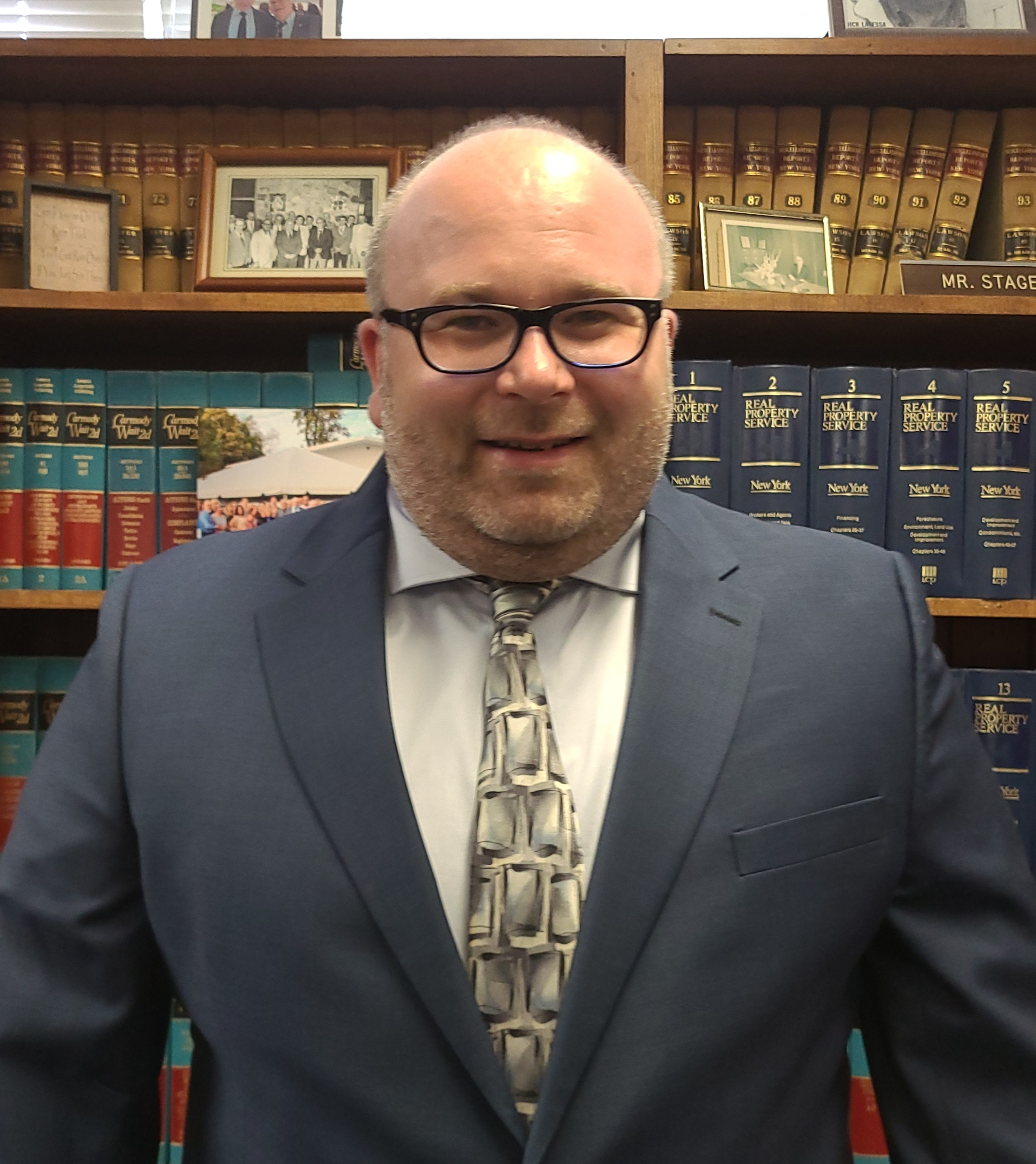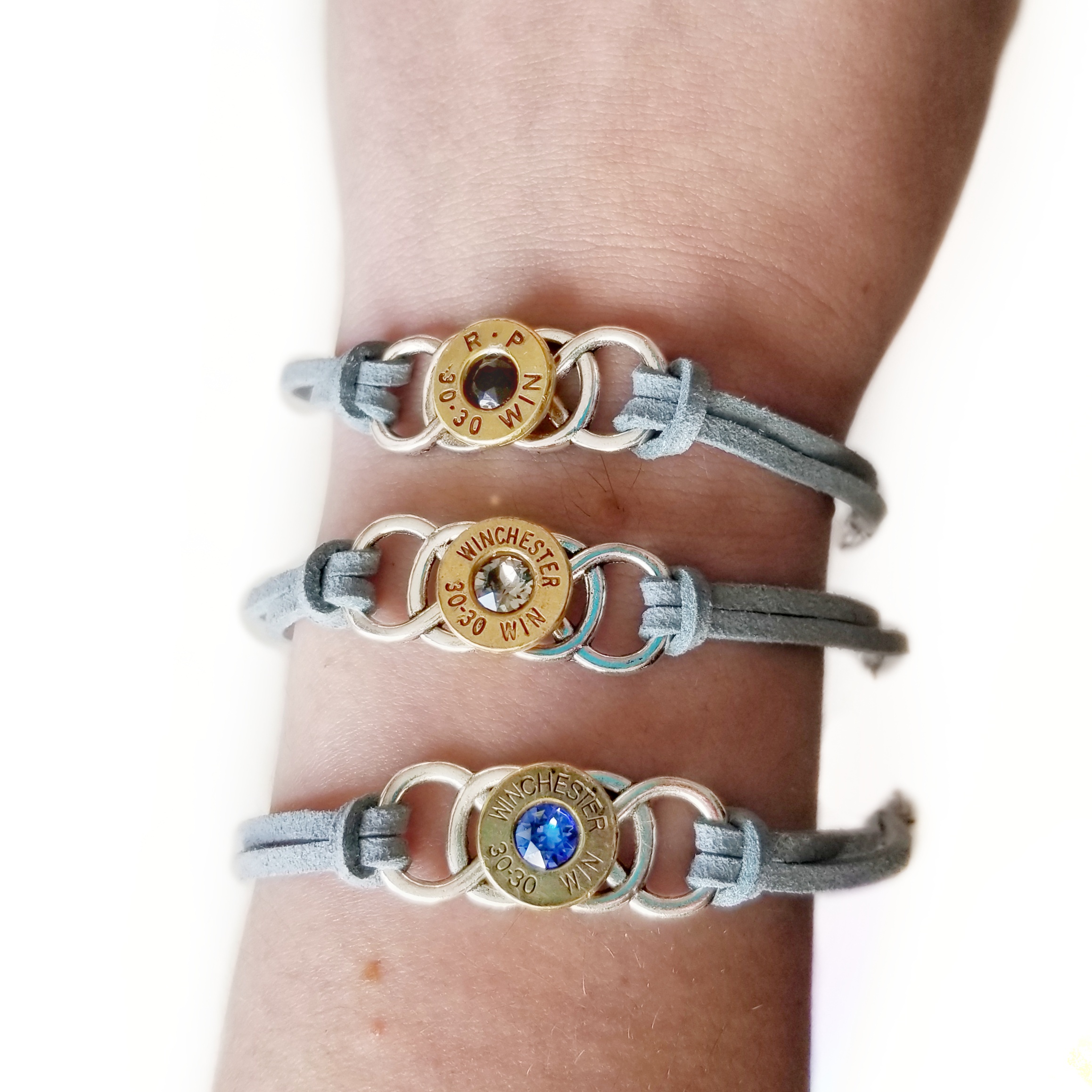Editor,
This is my response to the letter from the former owners of 37 High Street in Warwick stating they are “disheartened” by the negativity about their former home and what will become of it.
First, it has been pointed out I made a mistake in writing that Joseph Kosior was a former fire chief in Warwick. As it turns out he was, in fact, a captain of the fire police. Mea culpa. I must have misunderstood when his wife, Nancy, explained his position with the Warwick Fire Department. I am sorry and intended no insult to Joe or Nancy Kosior in saying he was a fire chief. I respected Joe and still respect Nancy very much. But, isn’t this really just semantics?
I will happily take on the mantle of “The Savior of High Street” or any other street in Warwick. I dislike seeing the historical fabric of our town disappearing and being cast aside. Yes, progress is unstoppable and underway here in Warwick, but it can be tempered with respect to the surrounding community and historic district. You can look to and study other architectural styles in Warwick to lead your aesthetic decisions. Regarding the proposed new building, again, I ask the following question. How does this fit into the style and scale of High St. and of the historic district?
As to the veiled insult/slight of not being a true generational Warwickian. Please allow me to address this misunderstanding. My seventh great-grandfather, Heman Rowlee (originally Rowley), a Mayflower descendant, arrived in the Warwick area during the 1750s to 1760s. He was a stone mason by trade and my family has always felt many of the stone residences here in the Warwick area have his handprint on them in some way or another.
On November 16, 1769 he purchased land from William Wickham. Heman fought during the American War of Independence as a lieutenant in the Florida-Warwick Co. of the 4th Regiment, Orange County Militia – serving under Col. John Hathorn. In 1790, he built a stone house on what is now Waterbury Road. This house still stands today.
In 1796, Heman was one of the founders of the Amity Presbyterian Church as well as donating to the building fund for the church. He and his wife, Lydia Seely Rowlee, are interred in the Amity Cemetery, as is his son Heman Rowlee, Jr. and his wife, Ruth Cooley Rowlee. At a quick figuring, that makes me, I believe, a ninth or tenth generation Warwickian.
NIEL DE MARINO







